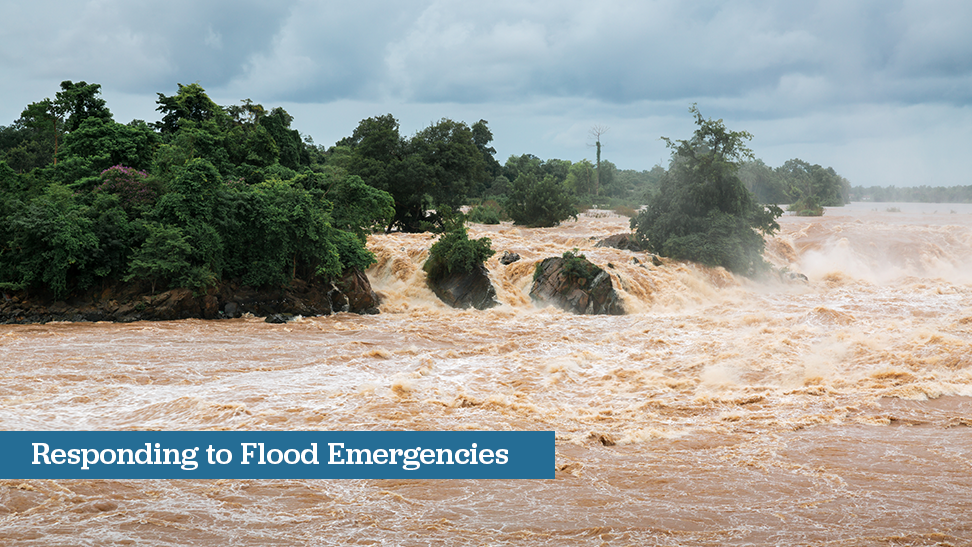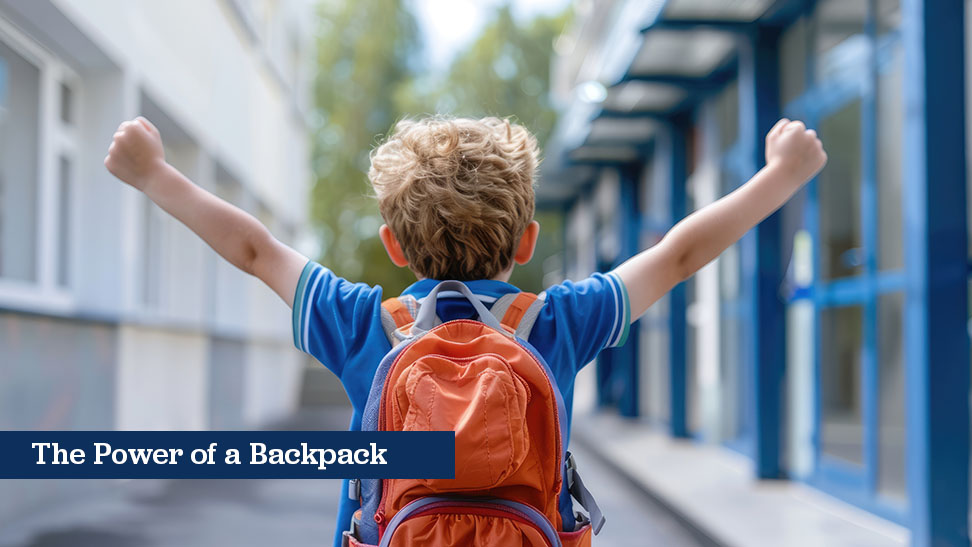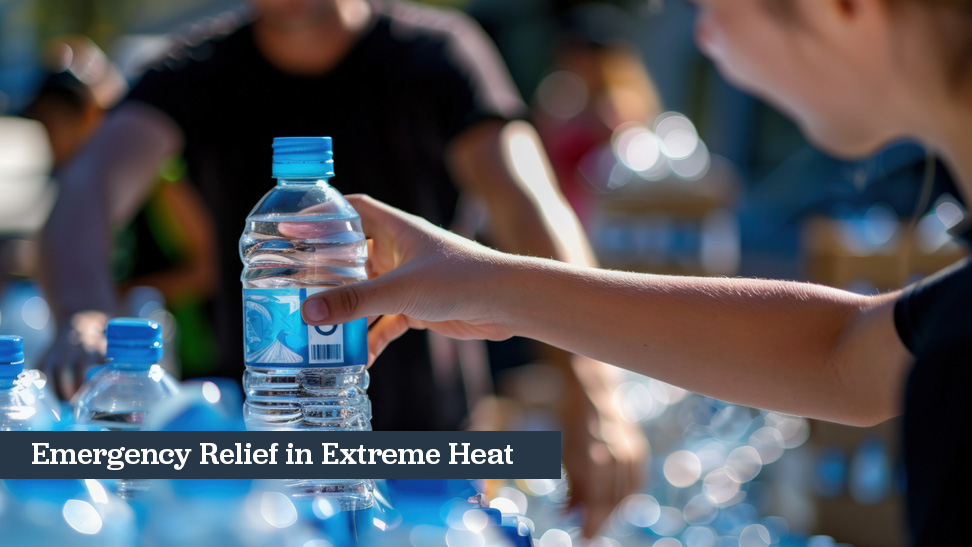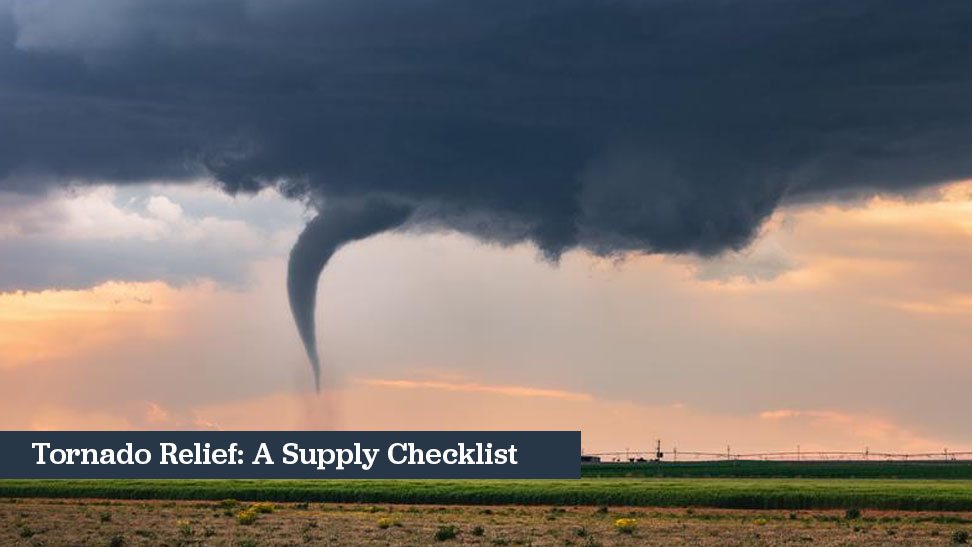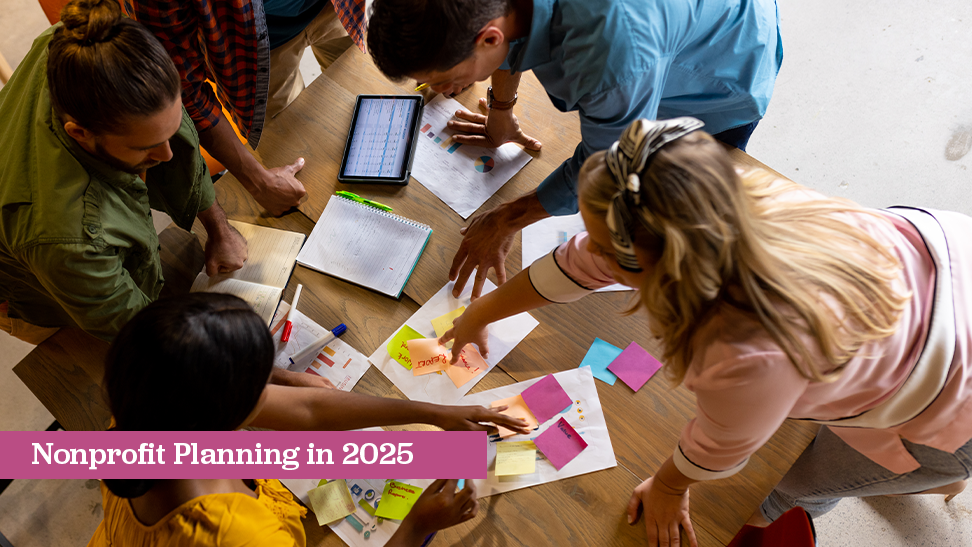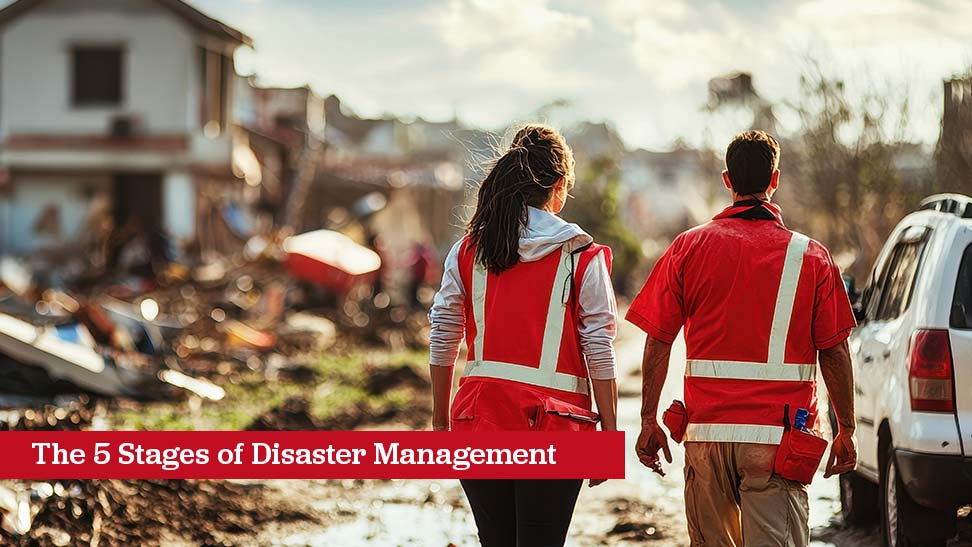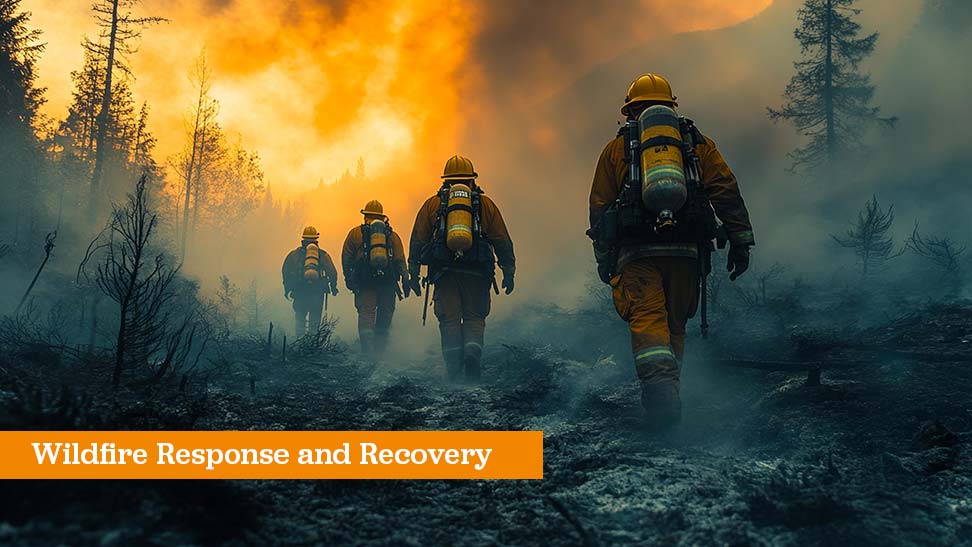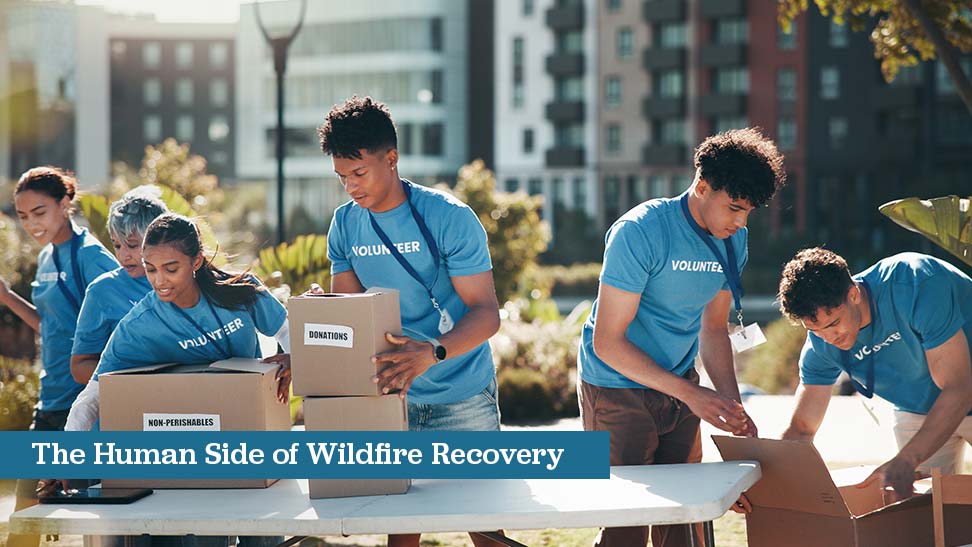Floods can strike from nearly any direction: rivers swollen by relentless rain, flash floods triggered by sudden cloudbursts, storm surges pushed in by hurricanes, or even a dam failure miles upstream. They’re among the most common and destructive natural disasters in the world, capable of wiping out homes, roads, and entire communities within hours. In … Continue reading When the Waters Rise: Why Flood Relief Preparation Can’t Wait
The Power of a Backpack: More Than Just a Bag
It might seem like just another item on a school supply list, but a backpack can carry much more than books and folders — it can carry a student’s confidence and sense of belonging. Originally invented in the 1950s for hiking and outdoor recreation, the backpack has evolved into an essential item for modern life. … Continue reading The Power of a Backpack: More Than Just a Bag
Life-Saving Measures in Extreme Heat: A Guide for Relief Organizations
When the mercury rises and the air turns still and stifling, communities brace for an invisible but deadly force: extreme heat. It doesn’t tear through towns like a tornado or leave dramatic wreckage in its wake, but its impact is just as devastating. In fact, heat waves are the deadliest weather-related events in the U.S., … Continue reading Life-Saving Measures in Extreme Heat: A Guide for Relief Organizations
Tornado Relief: A Supply Checklist for Rapid Response
When the sky turns green and the winds begin to roar, communities brace for one of nature’s most fearsome forces: the tornado. In mere minutes, entire neighborhoods can be reduced to rubble. Homes vanish, power lines are ripped away, and lives are changed forever. Tornadoes strike with terrifying speed — often with little warning. Nighttime … Continue reading Tornado Relief: A Supply Checklist for Rapid Response
It’s Time to Talk About Period Poverty.
When discussing period poverty, the conversation often jumps to developing nations. But make no mistake — this crisis is unfolding right here at home. Across the U.S., those experiencing a menstrual cycle are forced to miss school or work, stretch unsafe products, or go without entirely. All because basic menstrual care is uncovered by aid … Continue reading It’s Time to Talk About Period Poverty.
Rebuilding Home: Essentials to Restore Comfort and Stability
When disaster strikes, thousands of lives can be upended in an instant. The recent Los Angeles fires destroyed more than 16,000 structures, while Hurricane Helene brought severe flooding to Western North Carolina, displacing an estimated 200,000 people. But even in the absence of natural disasters, financial hardships continue to displace millions of Americans each year. … Continue reading Rebuilding Home: Essentials to Restore Comfort and Stability
Nonprofit Planning in 2025: Six Tips for Staying Ahead
According to the U.S. Internal Revenue Service, there are more nonprofit organizations in America than ever before, with nearly 2 million organizations with 501(c)(3) status. These organizations play an increasingly important role in the fabric of American society because they focus on social impact. From ensuring children have school supplies and pets have healthy and … Continue reading Nonprofit Planning in 2025: Six Tips for Staying Ahead
A Long Road Ahead: The 5 Stages of Disaster Management
Just before the December 2024 holidays, in a very narrow margin of time before the end of the congressional year, the 118th Congress passed a crucial bill to deliver natural disaster aid to Americans. The $110 billion disaster recovery spending bill includes $29 billion for the Federal Emergency Management Agency’s response, recovery, and mitigation activities … Continue reading A Long Road Ahead: The 5 Stages of Disaster Management
Wildfire Response and Recovery: Providing for Evacuees and First Responders
Wildfires are among the most heartbreaking natural disasters, tearing families away from their homes and uprooting lives in an instant. Imagine having to leave everything behind, grabbing only the clothes on your back while the flames rage nearby. The brave first responders, putting their own safety on the line, tirelessly fight the blaze, embodying resilience … Continue reading Wildfire Response and Recovery: Providing for Evacuees and First Responders
From Disaster to Hope: The Human Side of Wildfire Recovery
By Deb Turcott, ORIANA Solutions, LLC, Guest Blogger for DollarDays Nowhere to Run Do you remember when you were a kid and had the math test questions like “If Train A left at 8:00 a.m. and is traveling 40 miles per hour, and Train B left at 7:00 a.m. traveling 30 miles per hour, who … Continue reading From Disaster to Hope: The Human Side of Wildfire Recovery
